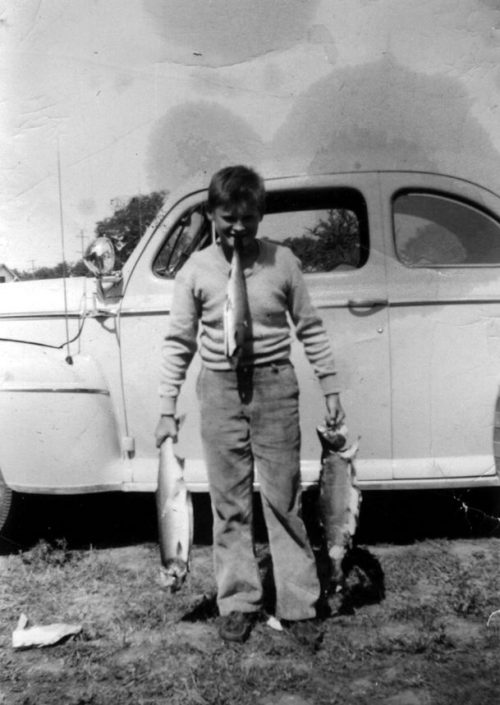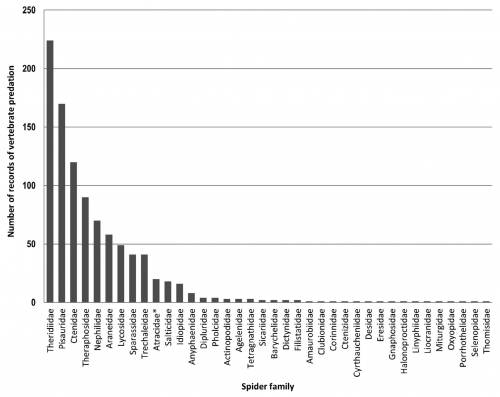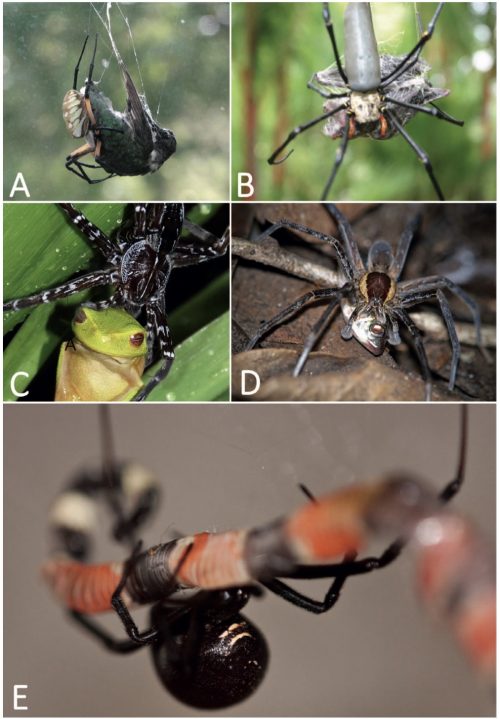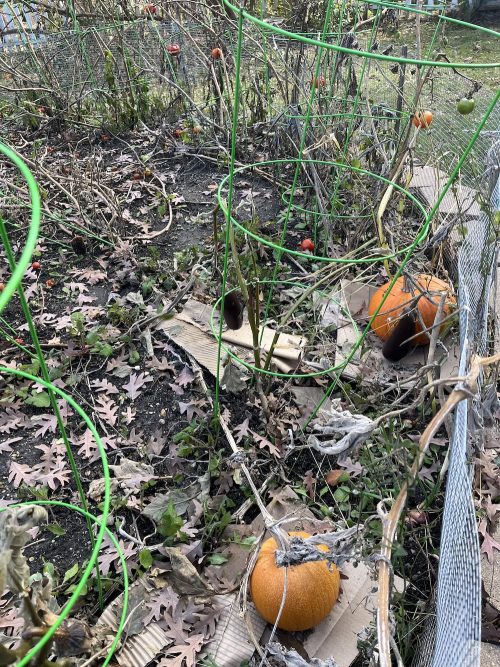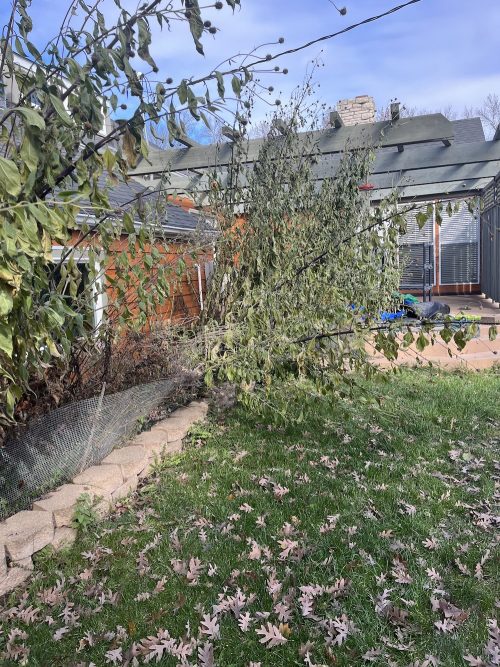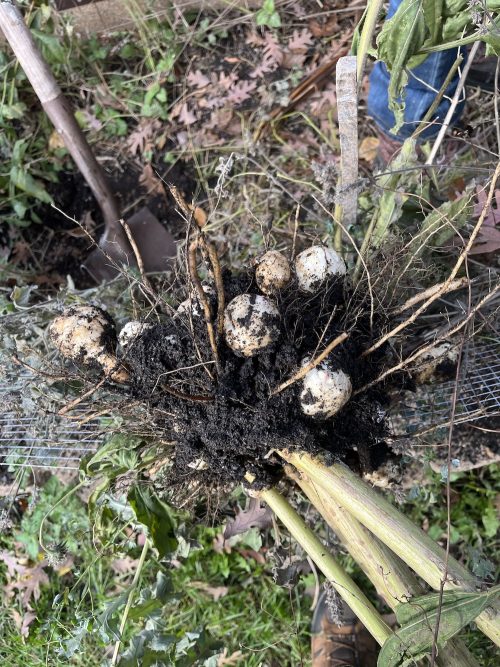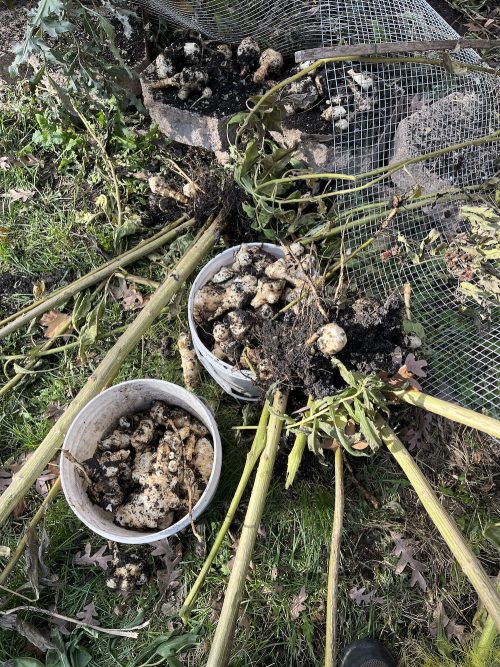The American Ornithological Society has had a good idea: rename all those birds named after people.
Get ready to say goodbye to a lot of familiar bird names, like Anna’s Hummingbird, Gambel’s Quail, Lewis’s Woodpecker, Bewick’s Wren, Bullock’s Oriole, and more.
That’s because the American Ornithological Society has vowed to change the English names of all bird species currently named after people, along with any other bird names deemed offensive or exclusionary.
I like this idea. They’re first prioritizing renaming those poor birds saddled with the names of slaveholders and other such repugnant histories, but don’t stop there. Strip all those personal names from all of them. That hummingbird is not Anna’s, and neither is that woodpecker Lewis’s.
Not just birds, either: clean up those spiders and plants and mammals — why is it Thomson’s Gazelle? He seems to have been an all right guy for a European colonizer, but his name shouldn’t be on an animal that had been living in Africa long before some British explorer came along.
The latin binomials are a different story — they’re pretty much locked down and unchangeable. But maybe there should be a policy that latin names tied to specific individuals should be discouraged.




